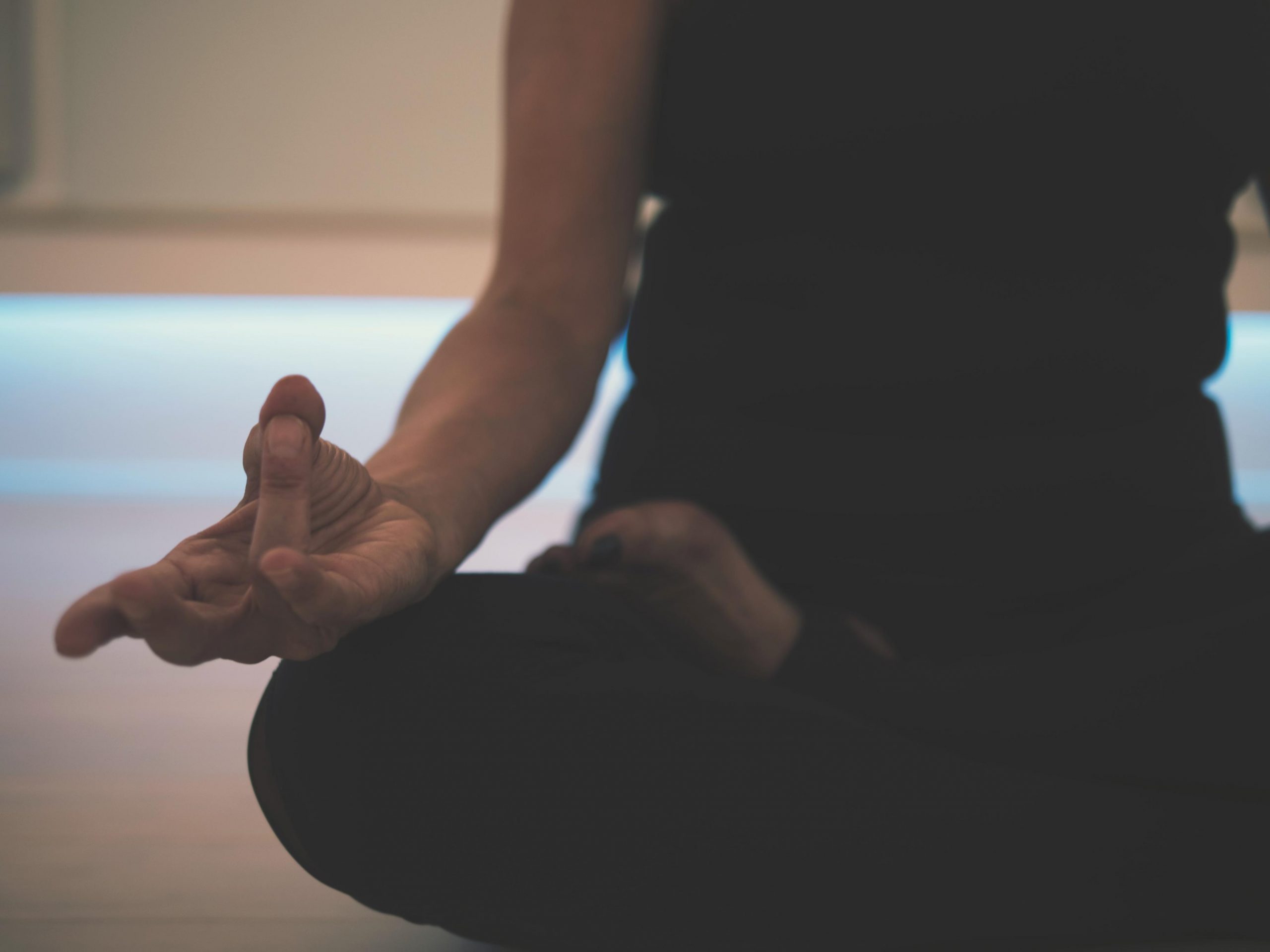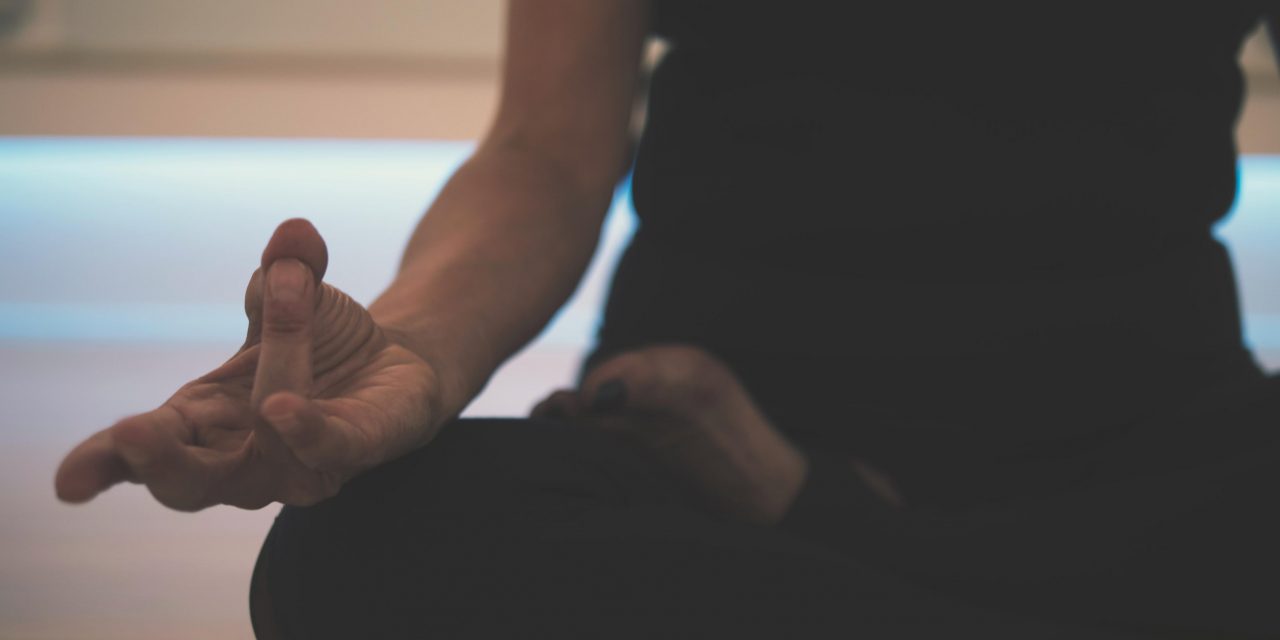When you have a newborn around you, the last thing on your mind is exercise. In between all the soiled diapers, breastfeeding schedules, and lack of sleep, how could a new mom possibly exercise? But light exercises after giving birth are not only possible but also beneficial! You don’t have to turn to Zumba or weights, just read through this guide on how to exercise with a newborn at home.

Exercising after a baby can help to stay healthy and regulate your moods, so you can be a better mom.
Is It Okay To Exercise After Having A Baby?
All women are told to rest up and recover after having a baby, and rightfully so. However, many fail to consider that exercising is a part of looking after yourself, and can actually aid your recovery. Exercising after having a baby can help improve your mood as well as combat postpartum depression symptoms. Physically, it can improve your cardiovascular fitness, relieve stress and also help you sleep better.
Many new mothers might struggle with understanding when to get back to full-fledged physical activity. Have a word with your doctor about this, who will recommend a timeline based on your postpartum recovery period. It’s also important for you to start slow, and only attempt physical activity that won’t worsen your postpartum healing. Trying to squeeze back into some form of normalcy too soon is a mistake new parents tend to make; just like with anything else, take your time.
How To Exercise With A Newborn At Home
Go For Walks
Who said walking isn’t a part of physical fitness? And we’re not talking about vigorous walking either. Normally, you’d picture a brisk walk, enough to break a sweat. But your postpartum body is still going through a lot of changes. Apart from just needing to heal from any perineal tears or C-section scars, you also need your muscles and organs to get back to normal. This is why a short walk each day is enough to do you wonders.
You may not get too much time for a regular walk in the first few weeks of having a baby. However, you can take the baby out with you as well! Since you’re with a newborn, try to stay away from crowded places and stick to open, well-ventilated areas with plenty of fresh air. Stroll around with the baby for a while if you can’t walk at a comfortable place with a baby in your arms. As your baby grows older, you can start to put them in a stroller or a front carrier. This will make it easier for you to move around with the baby.
Exercise In Chunks
Attending a 60-minute exercise session or heading to the gym for an hour can seem like the simplest thing. But even the simplest things can go for a toss when you have a baby. The more you try to organize your exercise, the more frustrating you can get. This is why you need to exercise in chunks of time. 10 minutes may be how long you take to change your baby’s diaper the first time, but it’s also enough time for you to get in some exercise!
Opt for a low-impact exercise routine that involves simple upper-body stretches and easy lower-body movements. You can try some wall push-ups to strengthen your arms. Though, we must admit, even if you don’t, your arms will improve with all the baby-carrying you’ll do! If you have stairs in or around your house, you can get a great workout by just walking up and down them for 10 minutes each day! Be as creative as possible, and don’t worry about not being able to do specific exercises for fixed periods of time. You’ve just had a baby, and at this time, anything is better than nothing.
Try Postpartum Yoga
Yoga truly can help in almost any and every situation, including recovery after a baby. The deep breathing that is so essential to yoga can help with mood regulation and de-stressing. Plus, focusing on your posture will help to strengthen it, especially after carrying a baby around for 9 months. Try poses that are easy to attempt and include strengthening your core, pelvic muscles and abdomen. As your little one grows, you can begin to include them in your yoga session with some easy yoga postures!
Simply turn to the internet for easy postnatal postures if you practiced yoga regularly before your baby. If this is your first time, don’t simply rely on the net. Doing even the smallest movement in the wrong way can have consequences for your post-baby body. There are several yoga classes that offer postnatal yoga. Joining a class like this will not only help you benefit from the yoga correctly, but also give you a chance to socialize with other new moms!

Postnatal yoga can calm you down and help you feel centered.
Establish A Schedule
After a few weeks with your newborn, things will begin to settle into a rhythm. This is when you can start to establish a schedule around that rhythm. Avoid trying to put things into a time frame, since you never know what your next hour is going to be like. Instead, take your cue from your baby and their actions.
A simple schedule can be doing a few stretches or getting in a quick, easy workout after feeding your baby. They may be alert and awake right after you feed them, so keep them amused and turn to some light exercises as soon as they fall asleep. If your partner is at home with you, get them to watch the baby for around an hour or so every day so you can do some exercise.
Your exercise schedule should be flexible, and doesn’t have to be some complex workout regime. Keeping things simple is key for how to exercise with a newborn at home.
Easy Postpartum Exercises To Try After Pregnancy
Pelvic Tilt
A pelvic tilt exercise a few times a day can help to strengthen your pelvic muscles. Pelvic muscles usually get weakened after childbirth, and this exercise can help you with bringing them back to a pre-pregnancy state. Lie on your back on a flat surface, preferably on a mat on the floor, and bend your knees. Tighten your abdomen muscles to flatten your floor, and bend your pelvic up gently. Hold this position for 10 seconds, and gently release. Repeat this a few times and stop as soon as you feel any sort of discomfort or pain.
Kegel Exercises
Kegel exercises are another set of exercises that can help you strengthen your pelvic floor, and are one of the easiest solutions for how to exercise with a newborn at home. The benefit of these exercises is that you don’t have to stop what you’re doing or change into workout clothes to do them. Several doctors also recommend these exercises during pregnancy. They’re fairly simple – tighten your pelvic floor muscles (the same muscles you clench when trying to hold in your pee) and hold them for up to 10 seconds. Release, relax for 10 seconds and contract them again. They can also help you with urinary and anal incontinence.
Diaphragmatic Exercise
Exercising your diaphragm is certainly a type of exercise, and it involves a little more than just taking deep breaths! Sit down or lie on your back in a comfortable posture. Relax your body, and slowly focus on every part of your body, from your toes to your head. Focus on the tension you feel and relax every muscle. Place one hand on your stomach and the other on your chest. Take in a deep breath through your nose, breathing with your stomach. This means that your stomach will expand but your chest will stay relatively still. Slowly exhale, with your hands placed in the same position. This exercise can help you reduce stress, improve your core stability and help you relax.
Planks
Planking has become quite the trend recently, and for good reason. You can start off with the standard plank, and then move on to something a little more complex. Start off by lying down on the floor on your stomach, with your tummy touching the floor. Your forearms should be on the floor with your elbows aligned beneath your shoulders. Your toes will be on the floor, holding your feet up. Rise up on your toes, engaging your core and lifting your torso up. Only your forearms and toes should be on the floor. Tighten your stomach and buttocks, breathe normally, and hold the pose for 30 seconds or as long as you can without straining.
You can switch over to side planking about 8 weeks postpartum. You begin in the same position with your forearms, tummy and toes. Instead of lifting your body off the floor, move onto one forearm, turning sideways. Then proceed to raise your body up to get into a side plank. Raise your top leg, holding it in the air for about 20 seconds. Switch sides and repeat.
Conclusion
Hopefully now you have all your answers to how to exercise with a newborn at home. Being hands-on parents certainly isn’t the easiest thing to do, but if you take it slow, you’re bound to learn the ropes. A few other important things to do are to find yourself a good pediatrician, and ensure your newborn is getting their vaccinations. The ImmunifyMe app can help you with both these things, alongside helping with nutrition and milestone tracking.
FAQs On How To Exercise With A Newborn At Home
Is It Possible To Workout With A Newborn?
Yes, it is possible to workout with a newborn. It certainly won’t be easy, since you need to find the time. But try to exercise with easy workouts for about 10 to 15 minutes whenever you get the chance to.
How Do You Start Exercising With A Newborn?
To begin exercising with a newborn, start slow with daily walks. You can also try yoga for a few hours every morning. Try to get your partner or someone else to watch the baby for a little while so that you have a little time to exercise.
How Soon Can I Start Exercising After My Baby Is Born?
Usually, you can start to exercise a few days after you give birth to your baby. However, you must consult your doctor on the same. In some cases, you may need a much longer time to recover from delivery before you can start to exercise.






